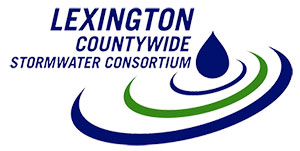
The most effective lawn care programs begin with a clear understanding of what grass really needs in order to grow. Here are the most important things you can do for your lawn:
- Aerate your lawn. Tightly packed soil restricts root growth and prevents water and fertilizer from penetrating the soil (increasing stormwater problems). Core aerators remove plugs of soil throughout the lawn. Holes give grass roots space to grow and helps prevent weed growth and thatch problems.
- Mow high and leave clippings. Be sure your mower is set to three inches. Tall grass helps to conserve moisture and promotes root growth and shades out weeds. Sharpen your mower blade at least once a year. Let short clippings fall back into the lawn; they do not contribute to a build-up of a thatch layer. Clippings are a source of nitrogen, so fertilizer can be reduced by 25% or more.
- Water the lawn to minimize disease and insect pests. A green lawn needs 1/2 to 1 1/2 inches of water per week, depending on the site and turf grass type. Over-watering causes more weed, disease and pest problems than under-watering. Install rain gauges and measure how much you are watering.
- Water early in the morning. Water applied in the afternoon evaporates too quickly, and watering in the evening can encourage disease problems.
- Maintain fertile soil. Test your soil every three to four years to determine the amount of fertilizer your lawn needs. Do not over-fertilize. The excess can damage the lawn and may feed lake weeds instead of your grass.
- Leaves, grass clippings and other yard waste. Leaves, grass clippings and other yard wastes should not be left on paved areas where they can wash into storm drains and into our lakes or streams. Similarly, blowers should not be used to blow yard waste into storm drains. As these wastes decompose, they become fertilizer, encouraging aquatic weed and algae growth that endangers water quality. They can be composted, tilled into the garden, or brought to a Lexington County Collection and Recycling Center and put in the “Clean Wood Waste” containers. Pieces of wood 4’ long or less and 4’ wide or less are accepted at the Collection and Recycling Centers. Larger pieces of wood can be brought the Edmund Landfill. For location and hours of operation at the Edmund Landfill and at the Collection and Recycling Centers and for details on curbside
- pickup, go to the Lexington County website, www.lex-co.com and proceed to the Solid Waste Management Department or Click here

